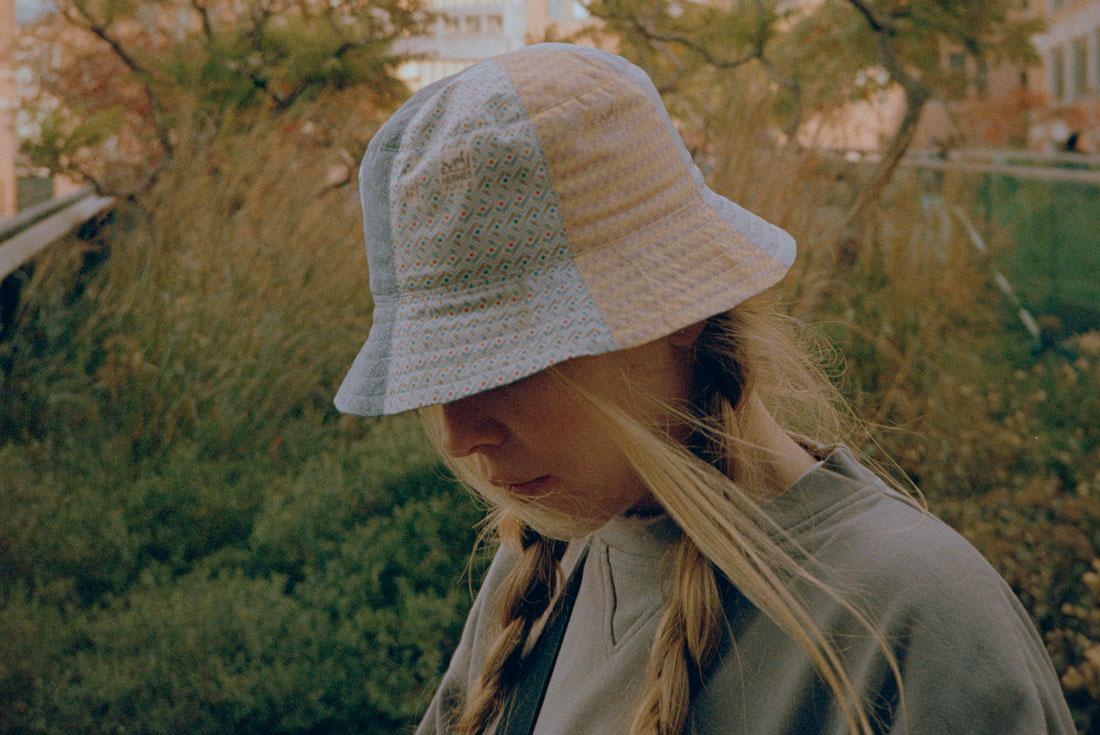Tornschuhjette On the Future of Customising
We love our at Sneaker Freaker and like the sneaker space itself, it’s slowly becoming more inclusive and accessible than ever before. Customisers like Henriette Wagener aka
have never let the barriers to entry stop her from flexing her creative muscle, but rather, let her hunger to express herself through painting sneakers set her on the path she is on today. Based out of Hamburg, Germany, Wagener, shares with us her journey, how women are coming to the forefront of customising and much more.
What’s the most positive change you’ve noticed in terms of representation and inclusivity in the sneaker space recently?
As mentioned before, social changes served as a catalyst for our subculture and I very much welcome that.
The stiff borders between genders soften, the younger generations approach these issues more playfully and freely than ever before – we are slowly getting rid of binary conventions and thus can explore fashion and sneakers and tell our stories in a more experimental way. In the end, what we wear and how we wear it tells a lot about ourselves.
In the industry the perception of what a woman wants is changing, it feels like we are taken way more seriously than before – we‘ve come a long way since the 2000s where a girl or woman wearing Jordans would be the absolute exception and high heels were the norm.
